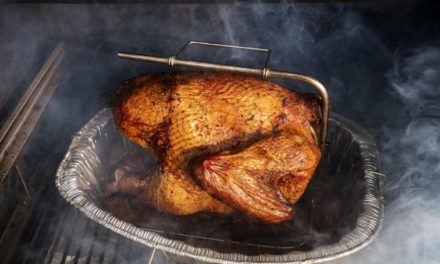Baking at higher altitudes of 3,500 feet or more is tricky as there are several recipe modifications needed to be made to accommodate the changes in air pressure. Learn everything you need to know from adjusting recipes to baking homemade goods in high altitudes with confidence.
1. Adjust Oven Temperature
Baking takes longer at elevated altitudes because the air pressure is much lower. Raise oven temperatures anywhere from 15-25 degrees depending on the height of your elevation. Make smaller temperature adjustments for cookies or when baking goods that could burn easily like chocolate.
2. Avoid Over-Mixing
When baking at higher elevations, blend all your ingredients together well enough to form a smooth and consistent batter. Be careful not to over mix, which will result in tough, flat, and even gummy baked goods.
3. Increase Flour
Add one additional tablespoon of flour to your dough when baking at 3,500 feet above sea level. For every additional 1,500 feet, add one more tablespoon of flour or until your dough has a soft and elastic texture. Adding more flour to your recipes prevents baked goods from overexpanding in high altitudes.
4. Add Extra Liquids
Adding extra liquids prevents dryness due to increased oven temperatures and fast evaporation at higher altitudes. To keep baked goods moist, add 1 tablespoon of liquid for every 3,000 feet and continue to add 1/2 tablespoon for each additional 1,000 feet.
5. Decrease Leavening
To prevent excessive rising, slightly decrease leavening agents in your recipes including baking powder or baking soda. For best results, reduce leavening agents by 1/8 teaspoon per 1 teaspoon.
6. Shorten Baking Times
Baked goods will be ready to pull out of the oven much faster with higher oven temperatures, so you’ll need to shorten recipe baking times. A good rule of thumb is to decrease baking times by 5-10 minutes per hour of baking.
For more baking tips on how to adjust sea level recipes for high altitudes, click here.

 Photo Credit: fotostorm (iStock).
Photo Credit: fotostorm (iStock). 



Comment on: 6 High Altitudes Baking Tips